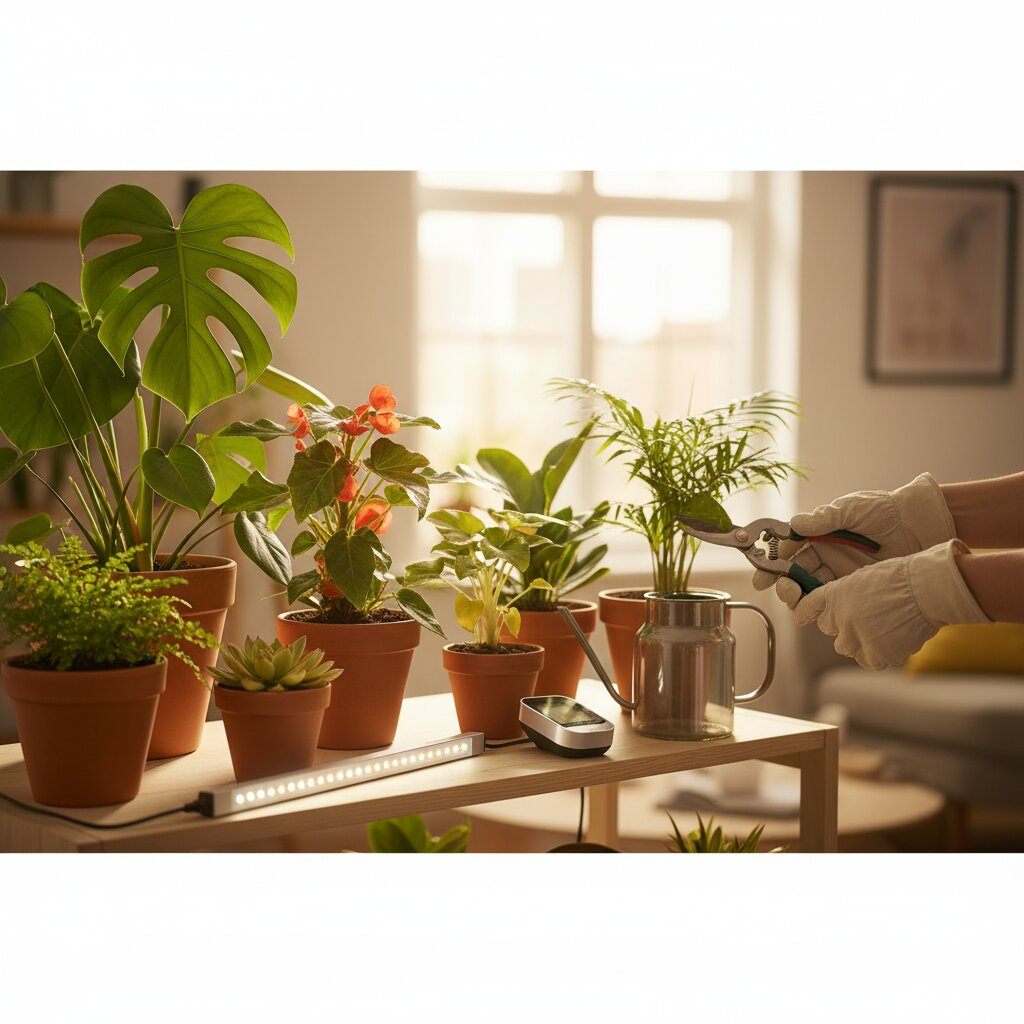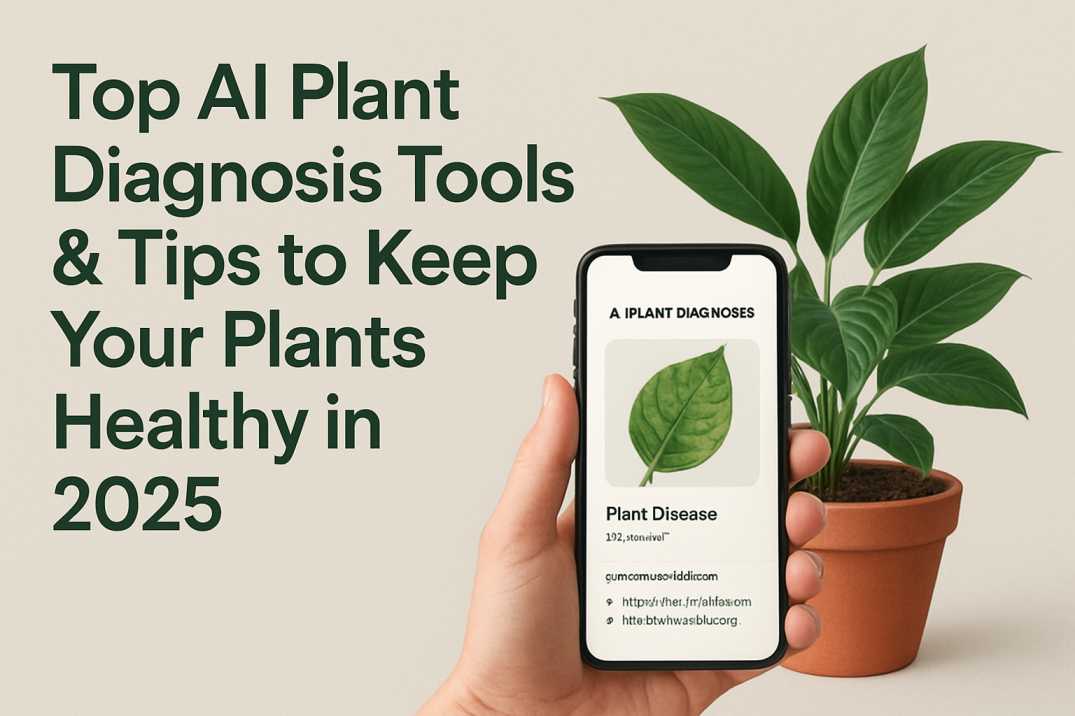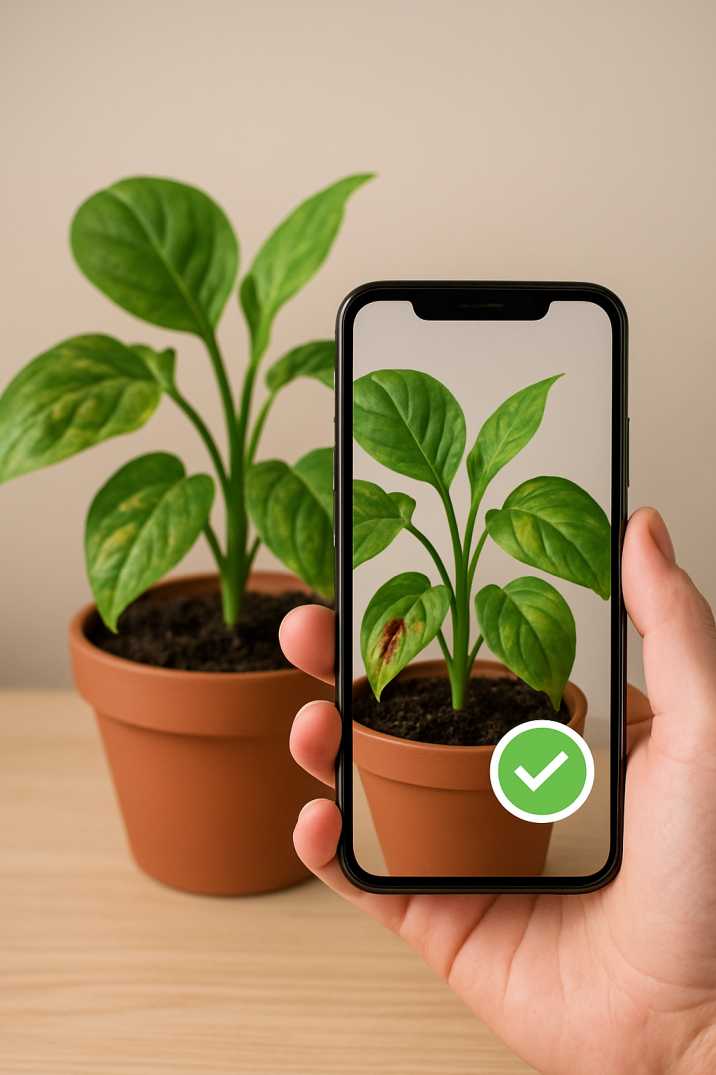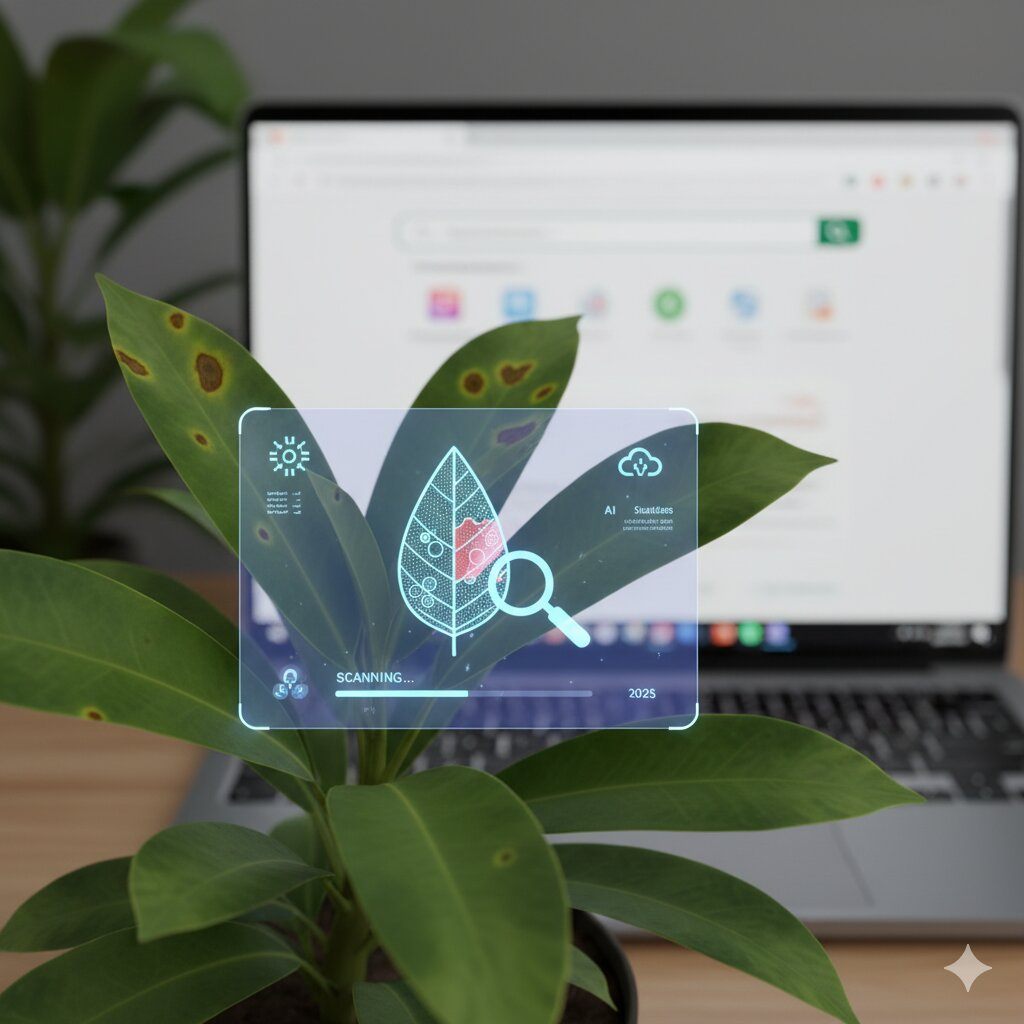Ultimate Guide to Keeping Indoor Plants Healthy: Common Problems & Smart Fixes
Learn how to keep your indoor plants thriving with smart tips on watering, light, soil, and disease prevention. A complete guide for plant lovers who want to grow healthy, happy greenery at home.

1. Understand Your Plant’s Needs
Every plant species has unique care requirements. Sunlight, water, and humidity play a key role in plant health. Before watering, check the top inch of soil—if it's dry, it’s time to water. Avoid overwatering; it’s one of the most common causes of root rot.

Image credit: Plant Solutions
2. Light Exposure & Positioning
Light is a lifeline for your plant. Place low-light plants like Pothos or Snake Plant in shaded areas, while bright-light plants like Succulents or Aloe Vera should be near windows. Rotate pots every few days for even growth.

Image credit: Plant Solutions
3. Watering Smartly
Plants don’t need a fixed watering schedule. Instead, focus on soil moisture and climate. During winter, indoor plants require less water. Always use pots with drainage holes to prevent waterlogging.

Image credit: Plant Solutions
4. Soil & Fertilizer Tips
Healthy soil equals healthy roots. Choose soil that suits your plant type—succulents need sandy soil, while leafy greens prefer nutrient-rich loam. Use organic compost or slow-release fertilizer once every 2–3 months for balanced nutrition.

Image credit: Plant Solutions
5. Detecting Early Signs of Disease
Watch out for yellow leaves, brown spots, or droopy stems. These can indicate issues like fungal infection, root rot, or nutrient deficiency. Use a clean pair of scissors to trim affected areas and isolate the plant if the issue spreads.

Image credit: Plant Solutions
6. Pest Control & Prevention
Common pests like spider mites, aphids, and mealybugs can damage your plants quickly. Spray neem oil or use natural pest control solutions. Regularly clean leaves with a damp cloth to prevent buildup of dust and pests.

Image credit: Plant Solutions
7. Repotting & Growth Care
When roots start growing out of the drainage holes, it’s time to repot. Use a slightly larger pot and fresh soil. Repotting encourages better root aeration and overall growth.

Image credit: Plant Solutions
8. Seasonal Adjustments
Your plants respond differently to seasons. During winter, reduce watering and keep plants away from heaters. In summer, increase humidity and consider misting leaves. These small adjustments keep your greenery stress-free year-round.

Image credit: Plant Solutions
Final Thoughts
Taking care of indoor plants isn’t just about watering—it’s about understanding your plant’s ecosystem. With consistent observation and the right techniques, you can create a thriving, green environment at home. A little attention goes a long way in keeping your plants healthy and happy.





